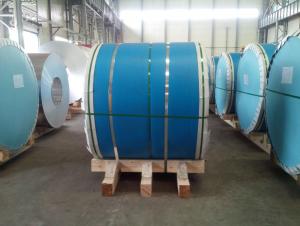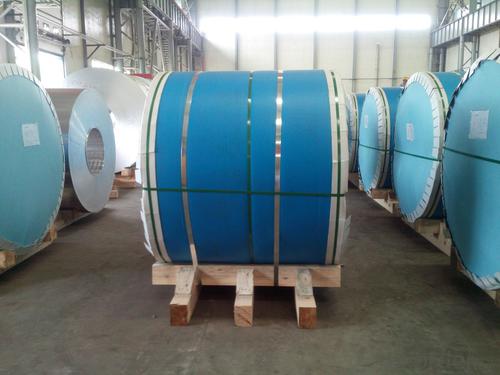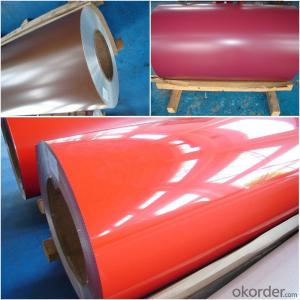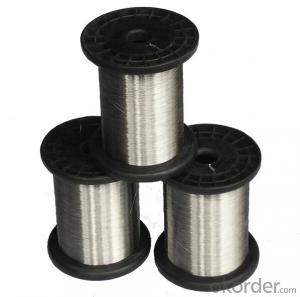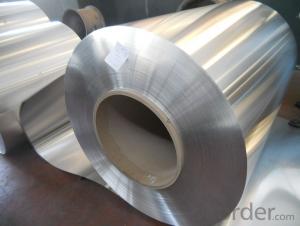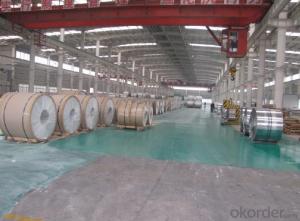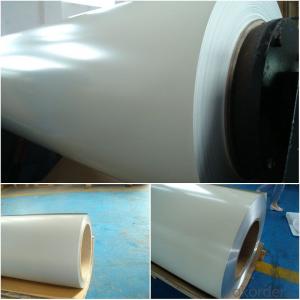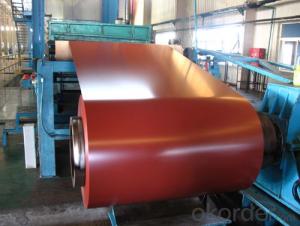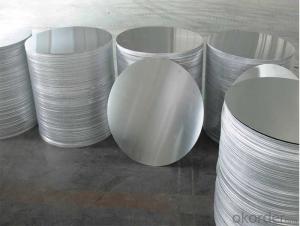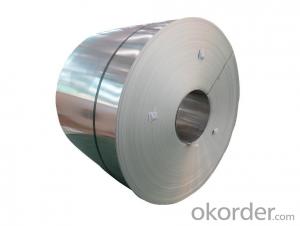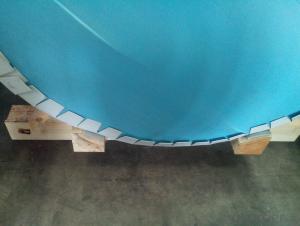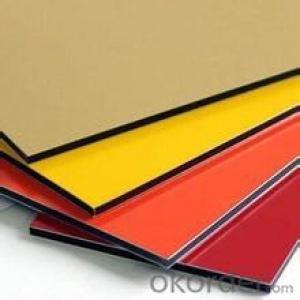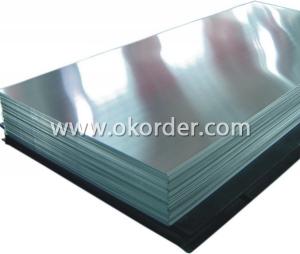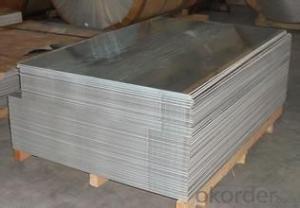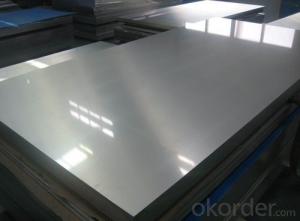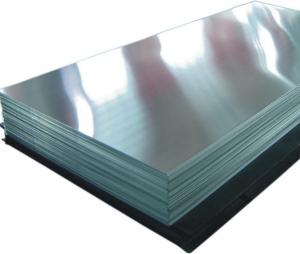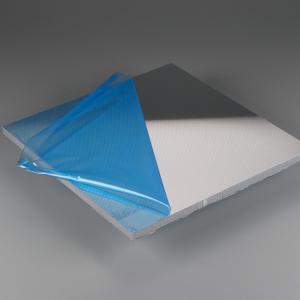Direct Casting Aluminum Lithium Alloys Teal Sheets for Color Coated Coils
- Loading Port:
- Shanghai
- Payment Terms:
- TT OR LC
- Min Order Qty:
- 5 m.t.
- Supply Capability:
- 20000 m.t./month
OKorder Service Pledge
OKorder Financial Service
You Might Also Like
Specification
1.Structure of Direct Casting Aluminium Coils for Color Coated
Direct Casting Aluminium Coils for Color Coated is one semi-finished aluminium material. This strip can be rolled down to aluminium coil,sheet,circle ect. The alloy AA1050 is widly used in building, industry ect. Its weight is much lower than steel. So many customers choosed aluminium material instead of steel.
2. Main features of Direct Casting Aluminium Coils for Color Coated
a.Competitive price---We have our own mills and can produce mill finished aluminium coils, so we can control the production cost better.
b.Professional after-sale service---We have more than 15 years exportation experience and you need not worry about the exporation problems.
c.Fast delivery time---We can control the delivery time within 35 days.
3. Image
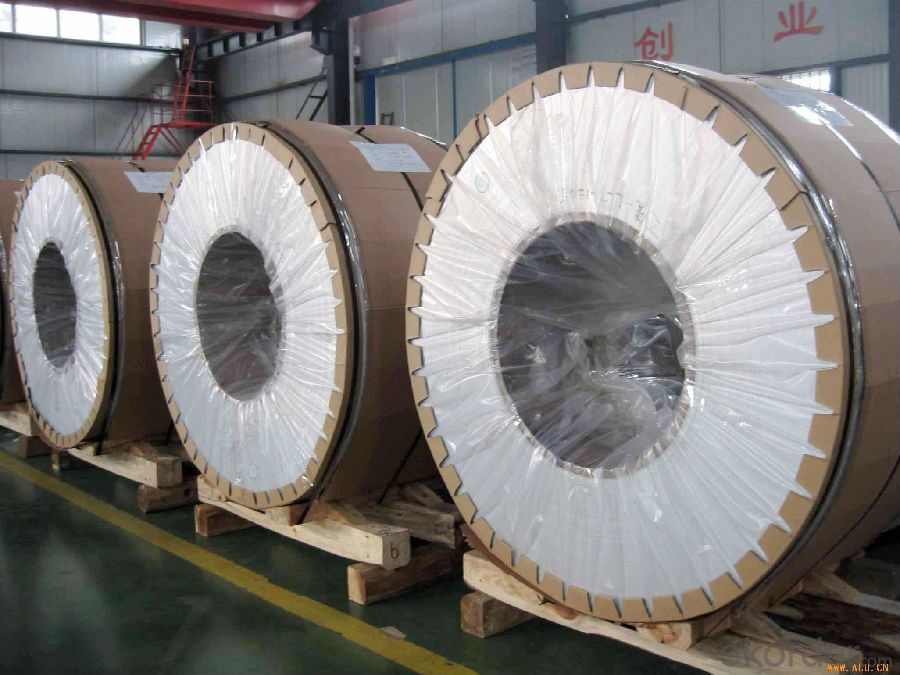
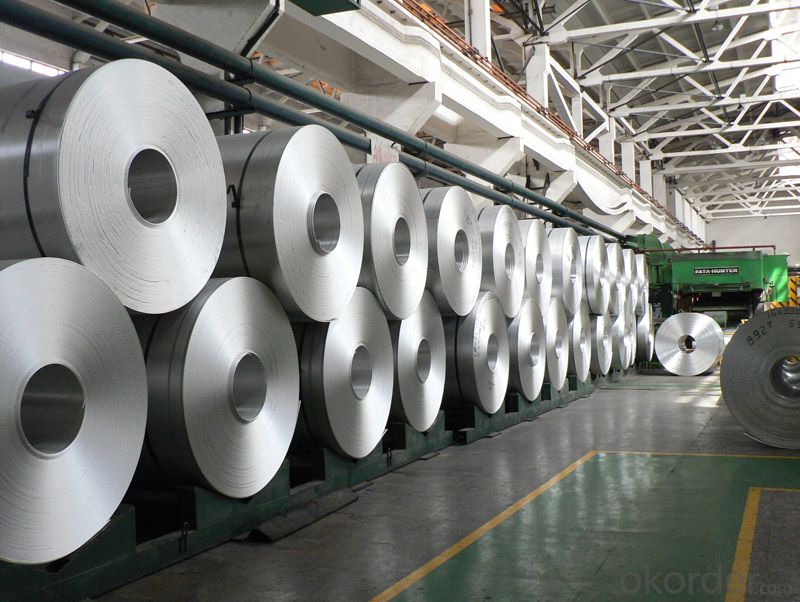
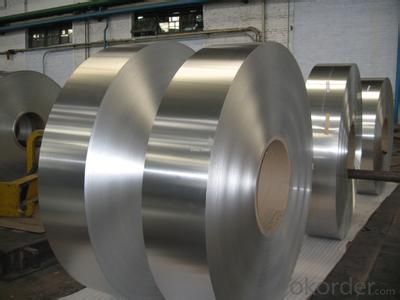
4. Product Specification of Direct Casting Aluminium Coils for Color Coated
| Alloy | Temper | Style | Thickness | Width |
| AA5052 | H14 | Direct Casting | 0.2mm-3mm | 1000mm-1500mm |
5.FAQ of Direct Casting Aluminium Coils for Color Coated
What is the quality standard?
---Usually our standard is GB3880-2006
What is the largest width?
---It is 2300mm
What is the MOQ?
---Usually we can accept 80 tons.
- Q: What's the maximum size of 3 mm thick aluminum sheet?
- First look at tolerance taggingIf there is no tolerance, see the accuracy level of the workpiece and check the tolerance listA 3-4 mm deviation is acceptable if the magnitude is not noted and is of no importanceThat is, the 34mm can also be used if lower precision sizes can be addedOnly board class is generally down bias, there is very little difference
- Q: Are aluminum sheets suitable for elevator interiors?
- Yes, aluminum sheets are suitable for elevator interiors. Aluminum is a durable and lightweight material that is resistant to corrosion, making it ideal for use in elevator interiors. It can be easily customized and offers a sleek and modern aesthetic. Additionally, aluminum is easy to clean and maintain, making it a practical choice for elevator interiors.
- Q: Is it possible to utilize aluminum sheets in the construction of furniture?
- <p>Yes, aluminum sheets can be used for furniture. They are lightweight, durable, and resistant to corrosion, making them suitable for various types of furniture such as outdoor furniture, tables, chairs, and shelving. Aluminum's strength and flexibility allow for creative designs and easy maintenance. Additionally, it is a sustainable material that can be recycled, contributing to environmental sustainability.</p>
- Q: Can aluminum sheets be used for roof flashing?
- Yes, aluminum sheets can be used for roof flashing. Aluminum is a popular choice for roof flashing due to its durability, corrosion resistance, and lightweight properties. It provides a reliable barrier against water penetration and helps to redirect water away from vulnerable areas on the roof, such as valleys and chimneys. Additionally, aluminum flashing is relatively easy to install and maintain, making it a practical choice for roof flashing purposes.
- Q: what's the size of gap while pressing 6mm aluminum sheet?
- choose the 8-10% of the thickness for two-sided gaps.
- Q: Can aluminum sheet be used for solar panels?
- Yes, aluminum sheet can be used for solar panels. Aluminum is a commonly used material in the construction of solar panels due to its combination of strength, durability, and lightweight properties. It is often used as the frame or mounting structure for the panels, providing support and stability. Additionally, aluminum is highly resistant to corrosion, which is important for solar panels that are exposed to the elements. Furthermore, aluminum is a highly conductive material, allowing for efficient transfer of electricity generated by the solar cells within the panel. Overall, using aluminum sheet in the construction of solar panels helps enhance their performance, longevity, and overall efficiency.
- Q: Can aluminum sheets be used for heat lamps?
- Indeed, heat lamps can utilize aluminum sheets as they possess remarkable heat conductivity. This quality enables aluminum to efficiently transmit and disperse heat, rendering it suitable for heat lamps that necessitate proficient heat distribution for effective warming of objects or spaces. Furthermore, the lightweight nature, durability, and high melting point of aluminum make it a practical and sensible option for heat lamp purposes.
- Q: Are the aluminum sheets suitable for manufacturing aircraft wings?
- Yes, aluminum sheets are suitable for manufacturing aircraft wings. Aluminum is widely used in the aerospace industry due to its excellent strength-to-weight ratio, corrosion resistance, and high thermal conductivity. These properties make it an ideal choice for constructing lightweight yet durable aircraft components, such as wings. Aluminum sheets can be easily formed, welded, and machined, allowing for complex wing designs. Additionally, aluminum's low density helps reduce the overall weight of the aircraft, improving fuel efficiency and maneuverability. Overall, the use of aluminum sheets in manufacturing aircraft wings is a common and proven practice in the aviation industry.
- Q: What are the different bending techniques for aluminum sheets?
- Aluminum sheets can be bent using various techniques. Some commonly used techniques include: 1. Air bending: By applying force with a punch, the sheet bends in a straight line. The degree of bending depends on the force exerted. 2. Bottom bending: In this method, the sheet is clamped between a bottom tool and a die. A punch is then used to apply force from the top, resulting in a precise and consistent bend angle. 3. Coining: This technique involves bending the sheet with a punch and die, but with significantly higher force compared to other methods. The result is a crisp and sharp bend with minimal springback. 4. Rotary bending: The sheet is gradually bent around a rotating bending roll, which applies pressure to achieve a smooth bend. 5. Roll bending: Large sheets or cylindrical shapes are formed by passing the aluminum sheet through a series of rollers that gradually bend it to the desired shape. 6. Press braking: A versatile technique that utilizes a press brake machine consisting of a punch, die, and back gauge. This allows for precise and repeatable bends. Each technique has its own advantages and limitations, and the choice depends on factors like the desired bend angle, sheet thickness, and final product shape. It is crucial to select the appropriate technique to achieve the desired result and prevent any defects or damage to the aluminum sheet.
- Q: Are aluminum sheets suitable for automotive heat shields?
- Certainly! Automotive heat shields can indeed utilize aluminum sheets. Aluminum is an exceptional option for heat management in automotive applications due to its lightweight nature and impressive conductivity. Its high melting point and excellent thermal conductivity properties allow it to efficiently absorb and disperse heat produced by the vehicle's engine, exhaust system, and other heat sources. Furthermore, aluminum sheets are easily moldable and can be crafted into diverse sizes and designs, making them adaptable for various automotive heat shield purposes. In summary, aluminum sheets offer an economical and effective means of safeguarding vulnerable components from heat-related harm within automotive systems.
Send your message to us
Direct Casting Aluminum Lithium Alloys Teal Sheets for Color Coated Coils
- Loading Port:
- Shanghai
- Payment Terms:
- TT OR LC
- Min Order Qty:
- 5 m.t.
- Supply Capability:
- 20000 m.t./month
OKorder Service Pledge
OKorder Financial Service
Similar products
Hot products
Hot Searches
Related keywords
